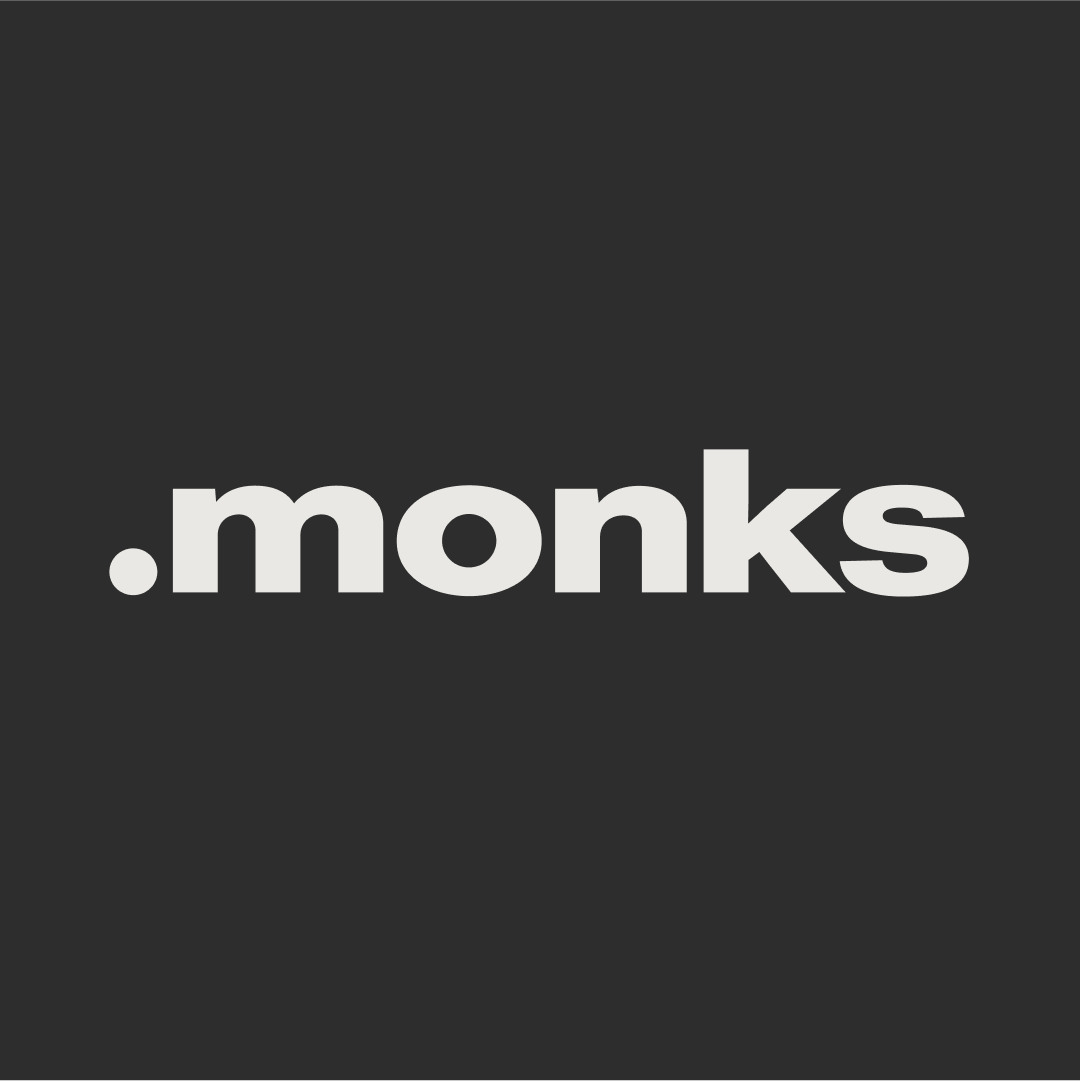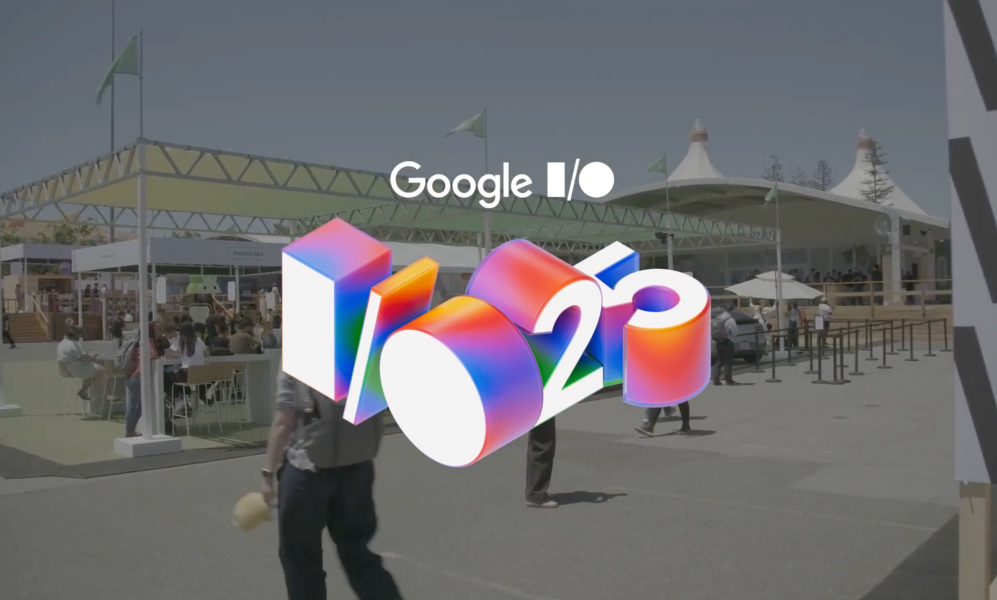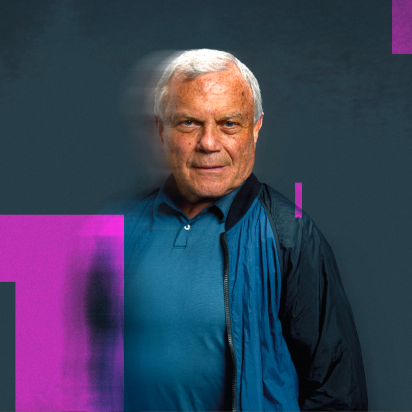Build Layers of Digital Interaction in Experiential Activations
Today’s consumers privilege experiences over things, while brands seek to capture audiences’ attention in unique and innovative ways. A natural trend in response to both is the brand activation: moments or events that reinvent the space around them or make the impossible, possible.
Experiential events may range from offline installations to comprehensive, larger-than-life livestreams that compress time and space to deliver wild experiences to far-flung audiences. Experiential and brand activations typically build buzz around a brand or product, but most importantly they should celebrate what makes those things unique through creative, inventive spectacles.
At the 2019 SXSW Music Festival in Austin, Texas, for example, on-demand food delivery service DoorDash celebrated the festival’s love for tacos and its own penchant for fast, dependable delivery by inviting attendees to a tiny home installation, where hungry participants could experience at-home delivery away from home. By ordering through a custom app and even answering a door to get their meal, the activation made for a fun twist on the experience of dining out—or in.
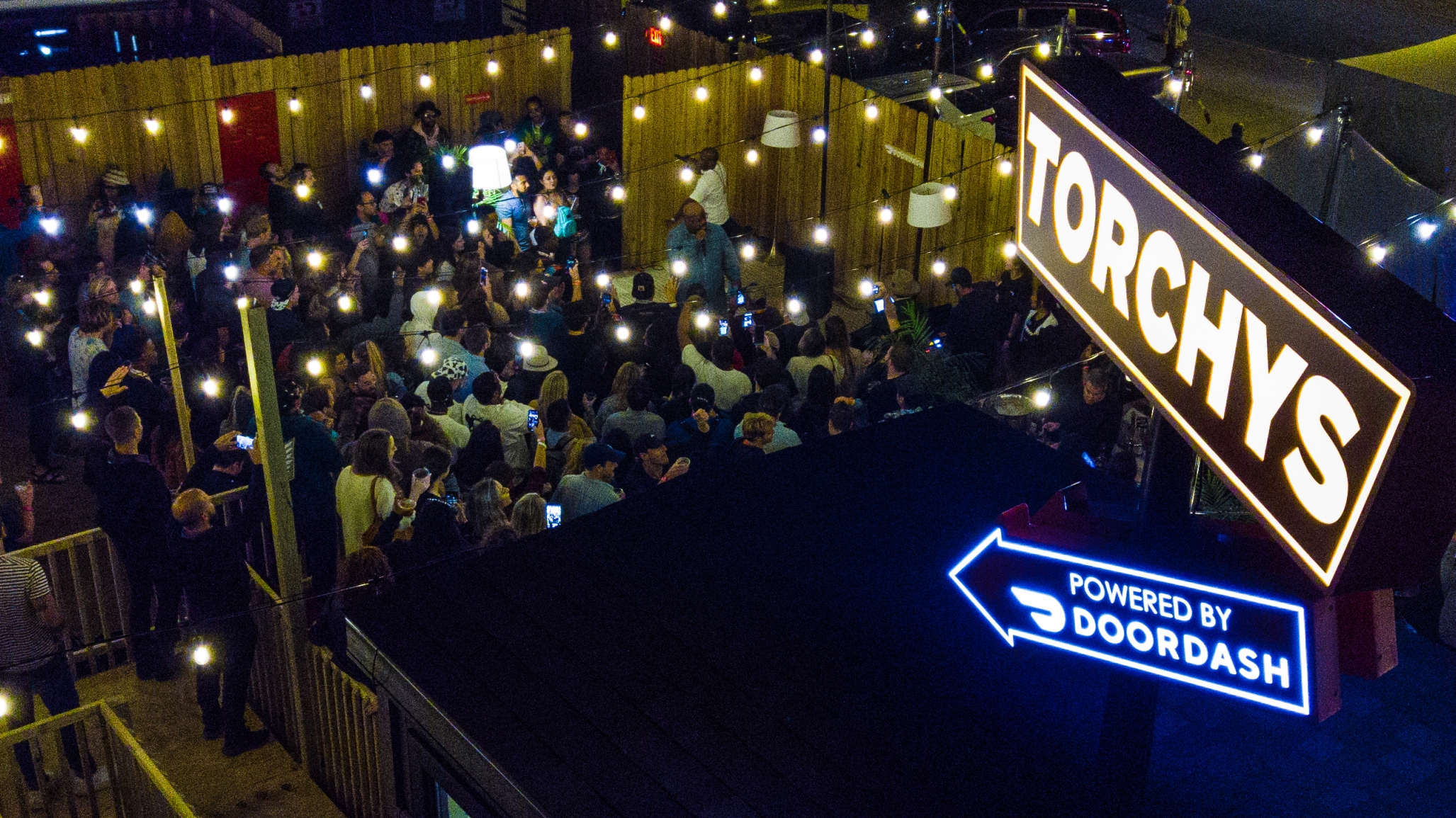
While this style of experience is rewarding for those who are able to attend, why not share the fun with a wider audience? Bolstered by streaming platforms, live activations add a new layer to the experience through audience interaction. “Live experiential is all about building innovative and interactive experiences while amplifying their online reach through livestream opportunities,” says Ciaran Woods, Producer at MediaMonks São Paolo. Through live experiential, brands can scale up the experience and go beyond simply building buzz.
Tiers of Amplification
Every experience has an air of FOMO (fear of missing out) about it, making them great for prompting user-generated content and social buzz whether online or off. For simpler experiences that aren’t broadcast to live platforms, this can manifest in providing Instagram-ready spaces or share-worthy moments. When influencers are added to the mix, you can take the conversation even further. For example, laundry detergent brand Skip invited influencers to try on outfits in front of a smart mirror that measured their excitement about them, allowing them to take home anything that scored high on the excitement meter. The event resulted in footage and UGC that drove conversation online about the brand.
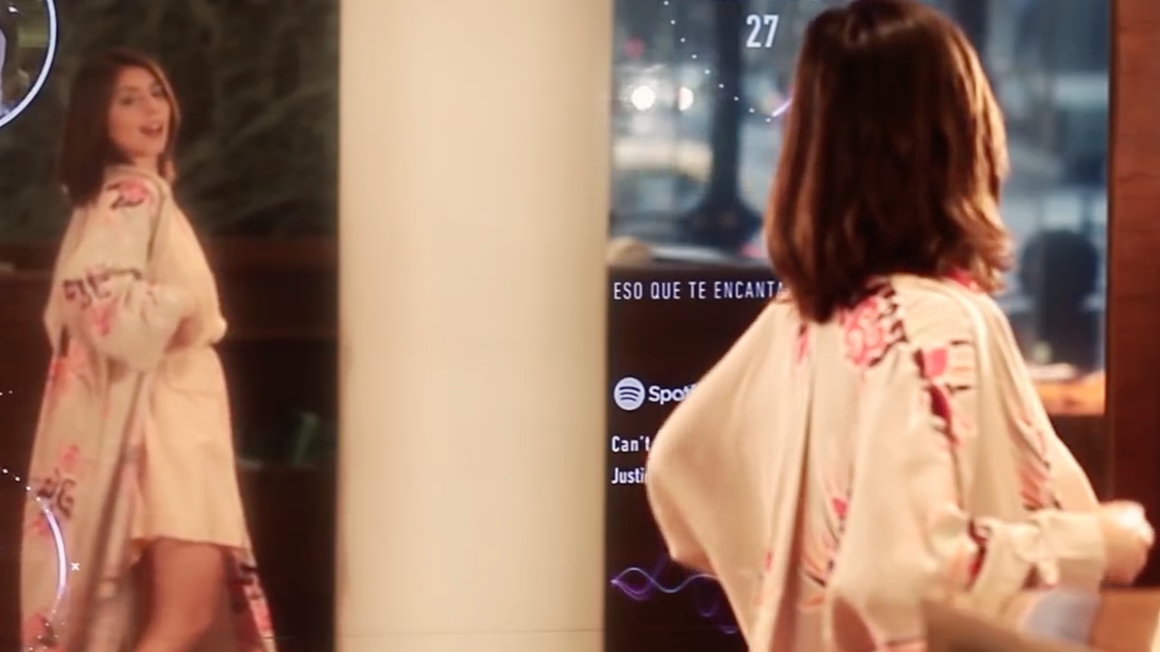
But social only goes so far, and is often one-sided in terms of audiences living vicariously through the fewer in-person attendees. Live experiential can offer all the social amplification discussed above, while also providing a more level playing field on the amount of influence and enjoyment that distant audiences can have with the experience. And that interactivity is key: according to Woods, “Viewer interaction must be ingrained in the experience. The viewer has a say.” In other words, live experiential should not only ask viewers to watch, but to act.
Portraying the Brand Value
The best experiential activations reflect their brands’ offerings in a fun, unique way. Take Xfinity’s “Project Dead Zone” for example, in which paranormal investigators broadcasted their exploration of the Winchester Mystery House—the largest haunted house in the US—to an audience of over 3 million live viewers, who offered the investigators words of encouragement via Periscope and Twitter.
In this case, the tech behind the broadcast itself highlighted the brand’s value. In order to broadcast all throughout the spooky house, the crew made use of Xfinity’s xFi Pod series of WiFi extenders. As viewers watched in horror while investigators disappeared one after another, one thing that never went missing over the course of the stream was a stable connection.
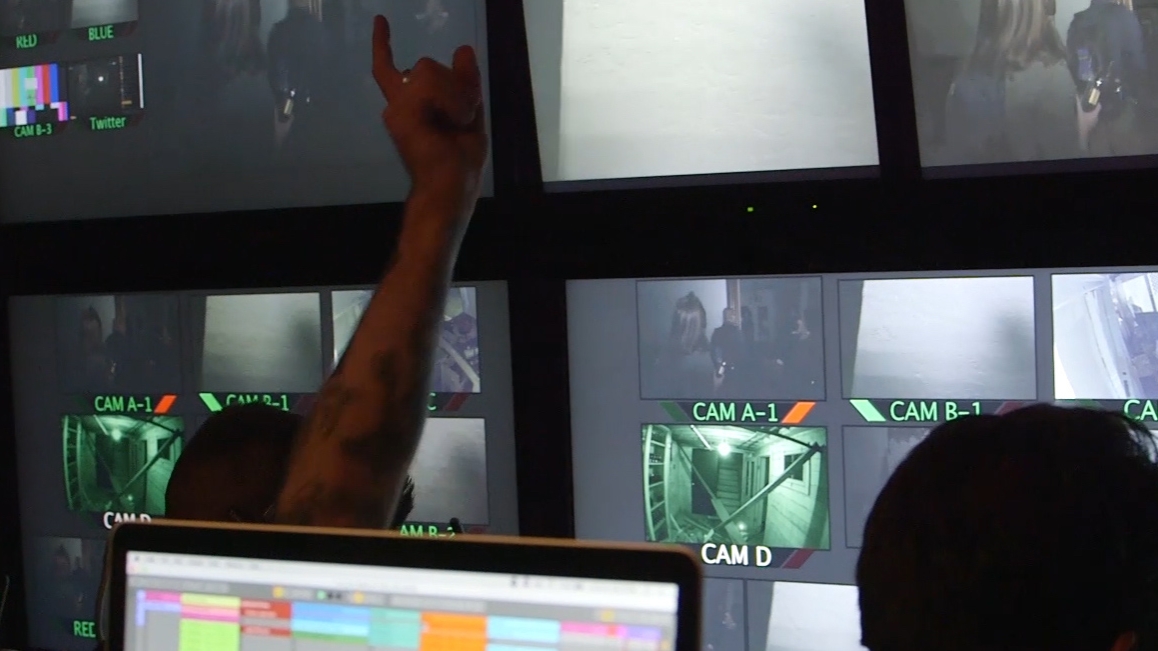
Live experiential requires a crew that's ready to cut to the action when it happens, as seen with Xfinity's Project Dead Zone.
Finding this value and creatively building upon it is among the most fun parts of designing an experience. It can also be the most challenging, especially when it comes to making such ideas a reality. For organizations that don’t know where to start their idea (or how to execute loftier goals), a creative and production partnership can help to lend shape to the experience—all by keeping viewers’ experience in mind. “What makes these experiences cool is having a commentator booth you can cut to, or a reporter on the ground,” says Woods. “Basically, treat it like the Super Bowl.” Because a key aspect of live experiential is how it will be broadcast to far-away audiences, it’s important that brands don’t lose sight of production needs.
Supporting User Interactions
Because viewer interaction is essential to live experiential, brands interested in hosting such activations must familiarize themselves with interactions and features unique to the livestreaming platforms available. While live experiential can be platform agnostic, designing your experience with specific interaction triggers in mind helps to make it the best it can be.
Perhaps the most feature-rich of the major livestreaming platforms is Twitch, which supports open-source, custom “Twitch Extensions” that prompt viewers to interact with a stream in unique ways. These can include minigames that relate in some way to what users are watching, heatmaps tracking viewer cursors, scoreboards, voting and more—because the technology is open-source, the possibilities are endless.
Live experiential amplifies innovation’s reach through livestream opportunities.

The fact that Twitch has such robust viewer interactions supported lends to the fact that it’s purely a livestreaming platform. It also has a more niche audience, though alternatives such as YouTube and Facebook offer massive userbases and reach. Facebook’s major interaction outside of chat is its emoji-style reactions: viewers can select an emoji that represents how they feel about what they’re watching in that specific moment. And don’t forget more mobile-focused broadcast platforms like Periscope and Instagram, which are lighter in terms of features but lend a unique level of authenticity.
No matter the platform (or platforms) you choose, “the trick is to build a system that can translate those interactions into real-world effects,” says Woods. This requires a mature technical understanding and a flair for innovation—and is an area in which working with a creative partner from the earliest stage of the project makes the most sense. In addition to making these interactions possible, a partner may also develop an entire content package for how the experience can enjoy a life beyond the initial broadcast—like through film.
No matter the type of experiential you seek to support, the key is to highlight what makes your brand unique in a fun, innovative way—then reward your audience for their enthusiasm to engage with it. Integrating online platforms through social sharing or livestreaming helps to spread that sense of fun far and wide, providing brands with the opportunity to lead the conversation that surrounds them. It’s time to go big or go home—but no matter where you go, ensure your audience is provided with opportunities to engage.
Related
Thinking
Sharpen your edge in a world that won't wait
Sign up to get email updates with actionable insights, cutting-edge research and proven strategies.
Monks needs the contact information you provide to us to contact you about our products and services. You may unsubscribe from these communications at any time. For information on how to unsubscribe, as well as our privacy practices and commitment to protecting your privacy, please review our Privacy Policy.
